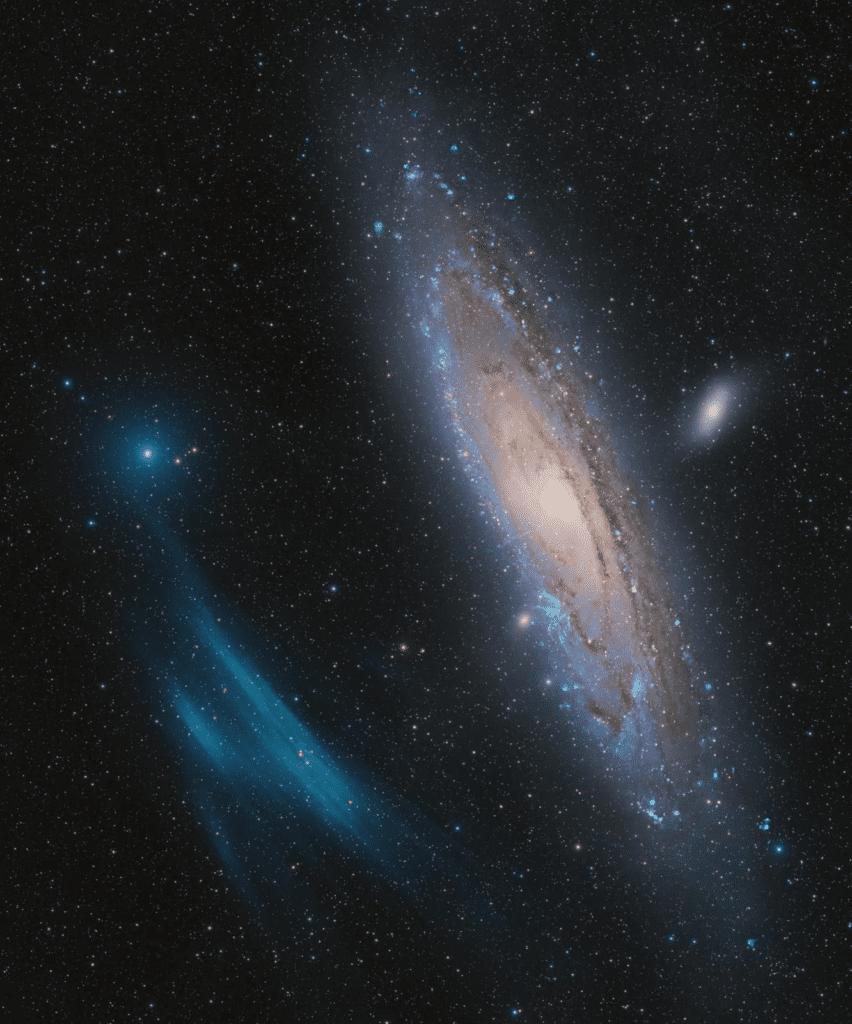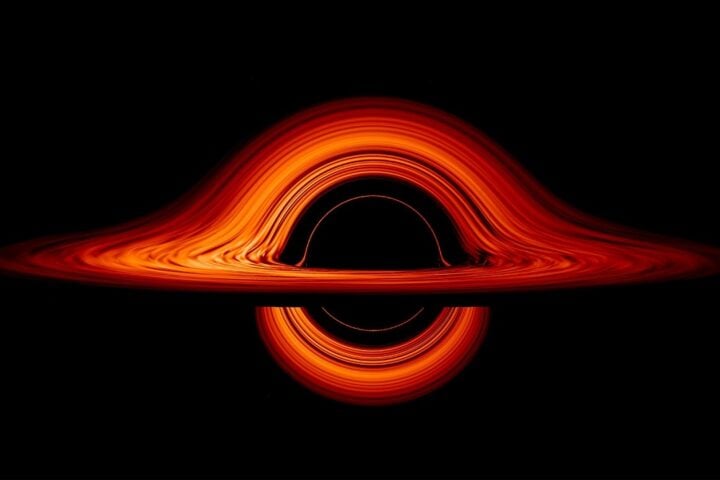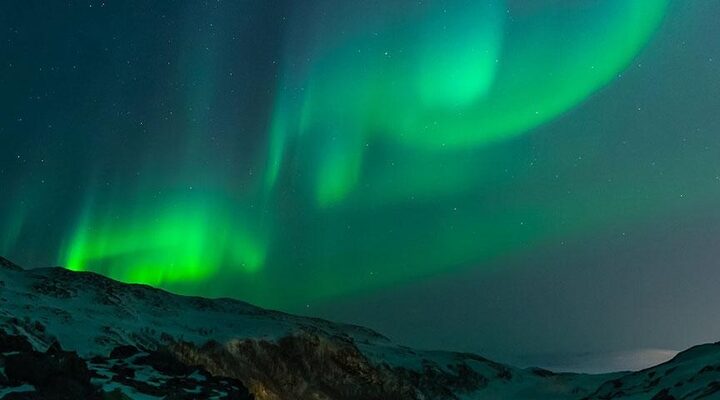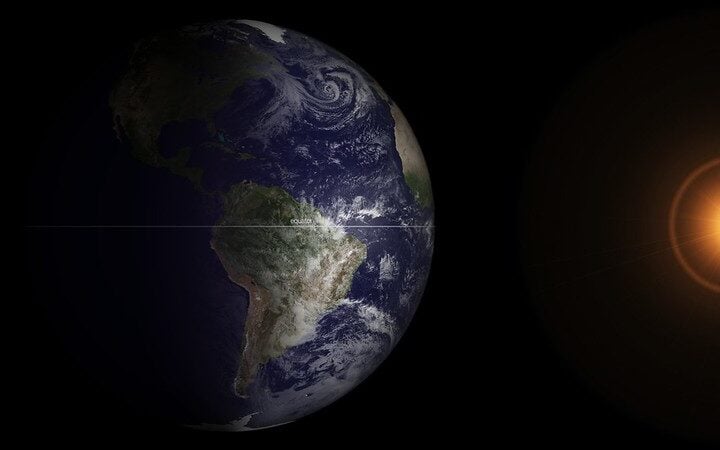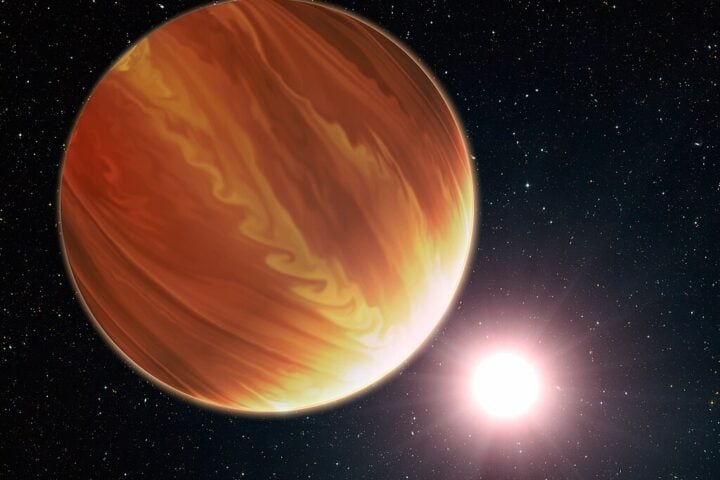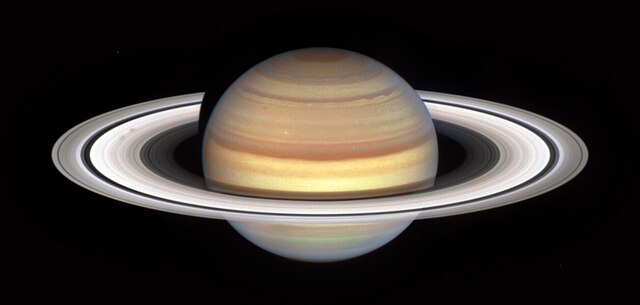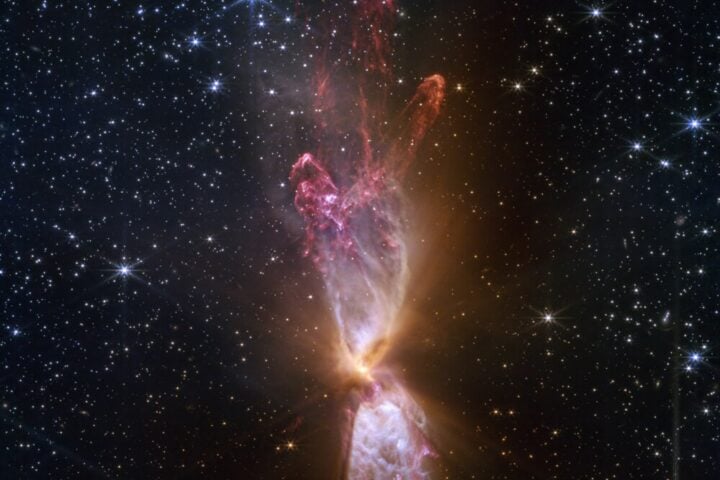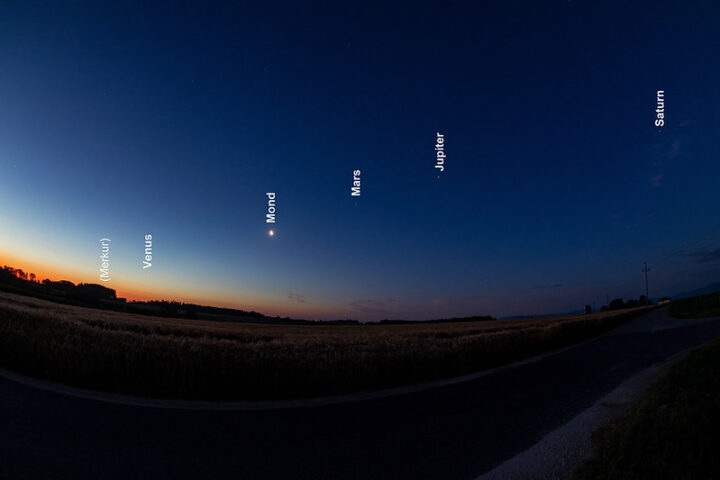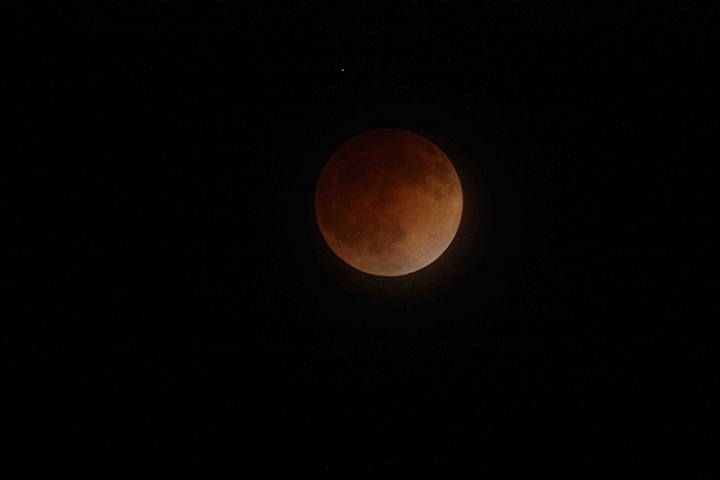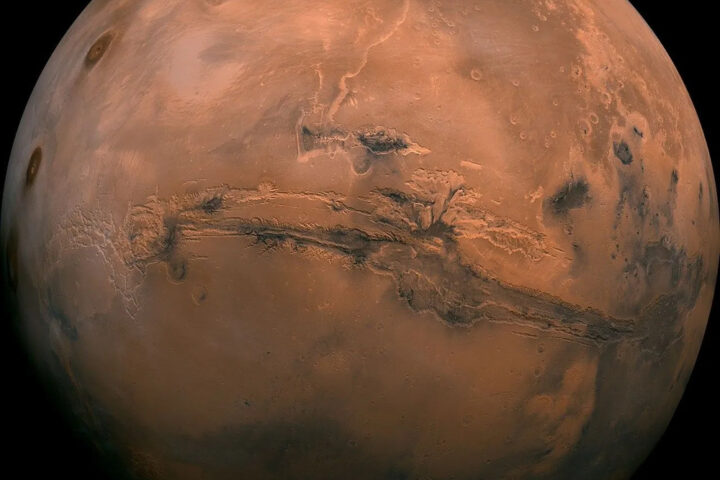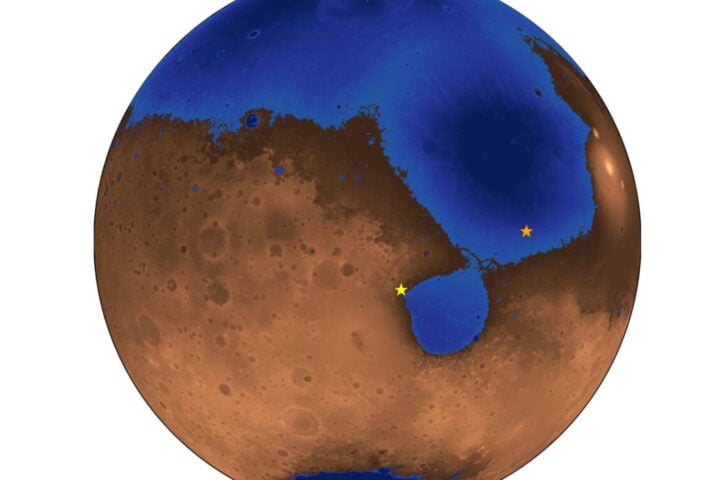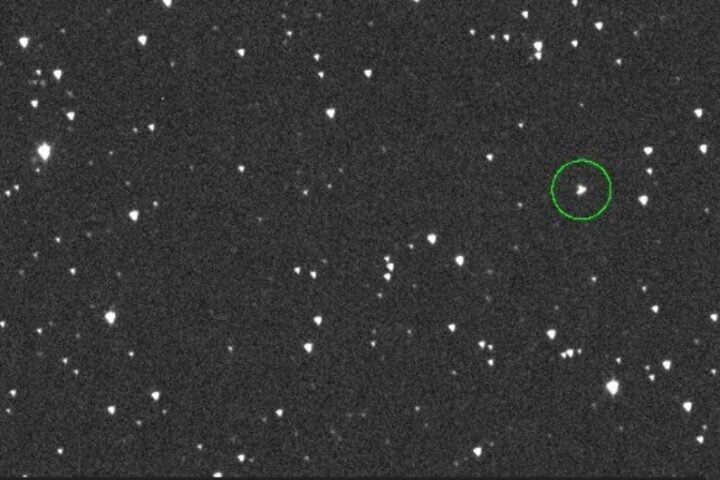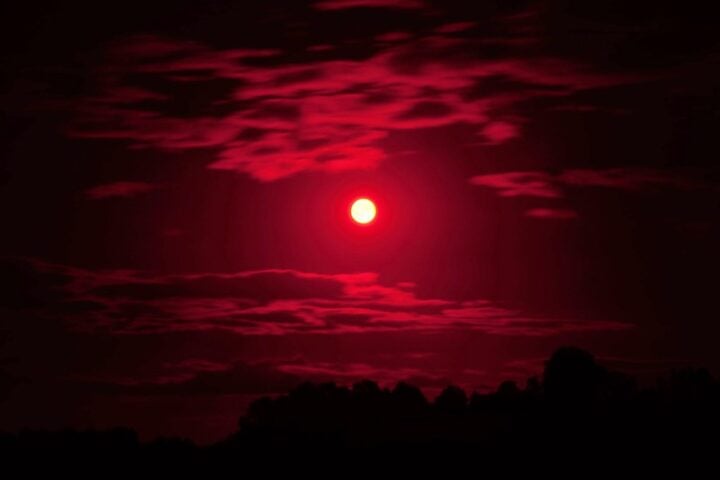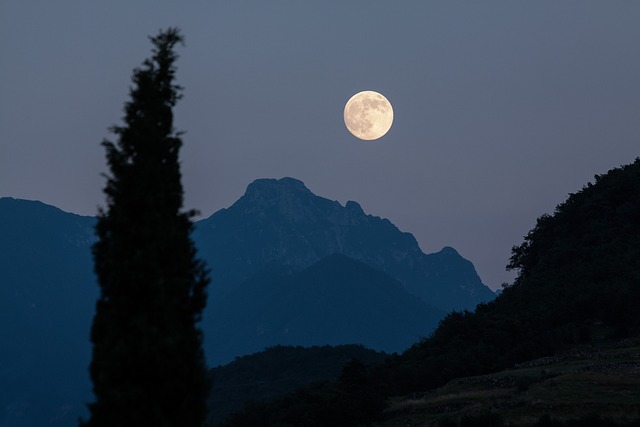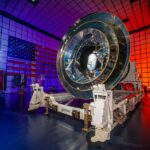Galaxies, with their vastness and variety, have always intrigued astronomers, but what lies beyond their bright disks is proving to be even more captivating. The universe is teeming with galaxies of different shapes and sizes, from giant ovals to dwarf irregulars. Our Milky Way, like many other bright galaxies, is surrounded by a retinue of smaller dwarf galaxies.
Radio telescopes have given us the ability to map the unique glow of free-floating hydrogen atoms, whether they’re nestled within galaxies or drifting in the vast spaces in between. CSIRO’s Australian Square Kilometre Array Pathfinder (ASKAP) radio telescope, located on Wajarri Yamaji Country in Western Australia, has unveiled a mesmerizing discovery. This telescope has detected a massive ribbon of hydrogen encircling the spiral galaxy NGC 4632, a finding detailed in the latest edition of the Monthly Notices of the Royal Astronomical Society.
NGC 4632 isn’t just any galaxy; it’s a rare formation known as a “polar ring galaxy.” This means that its hydrogen ring rotates over the poles of the galaxy’s disk, a phenomenon not commonly observed. Nathan Deg from Queen’s University in Canada, who spearheaded the study, remarked, “Polar ring galaxies are not just visually stunning but also offer vital insights into the evolution and growth of galaxies over time.” These polar rings can also shed light on the halo of invisible dark matter that is believed to envelop most galaxies.
The hydrogen ring around NGC 4632, after the bright hydrogen emission from the galaxy’s disk was removed, presents a breathtaking view. Spiral galaxies, like NGC 4632, are typically abundant in cold hydrogen gas, which serves as the fuel for star formation. This gas often extends beyond the luminous disk of stars, sometimes taking on a warped shape. Such warps could be the result of gravitational interactions with neighboring galaxies, leading to gas theft and the formation of polar rings. The Milky Way, for instance, is believed to have absorbed several of its smaller companions over time.
Similar Posts
Bärbel Koribalski, inspired by astronomers Penny Sackett and Linda Sparke in the 1990s, embarked on a journey to study these enigmatic polar ring galaxies. Koribalski’s early work on hydrogen around the polar ring galaxy NGC 4650A even graced the cover of The Astronomical Journal in 1997. The HI Parkes All Sky Survey (HIPASS) and the Local Volume HI Survey (LVHIS) laid the groundwork for much of the current research on galaxies. With the advent of the ASKAP telescope, the Wallaby project was initiated, aiming to conduct an extensive survey of hydrogen in the local universe using ASKAP’s advanced capabilities.
ASKAP began its full operations in 2022, situated at Inyarrimanha Ilgari Bundara, which translates to ‘sharing sky and stars’ in the Wajarri language. The sheer volume of data generated by ASKAP necessitates specialized software on the Setonix supercomputer in Perth to sift through and identify signs of hydrogen in distant galaxies. Among the 600 galaxies identified in the initial pilot study, two exhibited unusual structures, hinting at the possibility that polar ring galaxies might be more prevalent than previously assumed. Nathan Deg’s excitement was palpable: “Finding two potential polar ring galaxies in the Wallaby pilot survey is incredibly thrilling.”
To delve deeper into the intricacies of galaxies, 3D visualization and virtual reality software like iDaVIE are employed. The comprehensive Wallaby survey is anticipated to uncover over 200,000 hydrogen-rich galaxies. Among these, many will resemble the polar ring around NGC 4632, offering further insights into the enigma of dark matter.
On September 13, 2023, NASA unveiled that the galaxy NGC 4632 conceals a secret from optical telescopes. This galaxy is encased by a ring of cool hydrogen gas that orbits at a right angle to its spiral disk. Such polar ring galaxies were traditionally identified using starlight, but NGC 4632 is among the first to be discovered through a radio telescope survey. The composite image, merging data from the ASKAP and Subaru telescopes, paints a vivid picture of this galaxy. Using virtual reality, astronomers have been able to differentiate the gas in the main disk from the ring, with the subtle color gradient mapping its orbital motion.
The existence of polar rings raises intriguing questions: Are they remnants from one galaxy’s interaction with another? Or do they form when hydrogen gas, flowing along the cosmic web’s filaments, accumulates into a ring around a galaxy, some of which eventually coalesces into stars? Jayanne English from the University of Manitoba, who contributed to the text and imagery, emphasizes the significance of these findings.
The exploration of such galaxies not only satisfies our cosmic curiosity but also propels our understanding of the universe forward. As we continue to gaze at the stars, each discovery unravels another layer of the vast cosmic tapestry. The universe, with its myriad mysteries, beckons us to keep questioning, keep exploring, and keep marveling at its wonders. After all, as we delve deeper into the cosmos, we’re not just uncovering the secrets of the universe but also understanding our place within it. So, the next time you look up at the night sky, remember that there’s so much more than meets the eye, and the universe is teeming with secrets waiting to be discovered.

